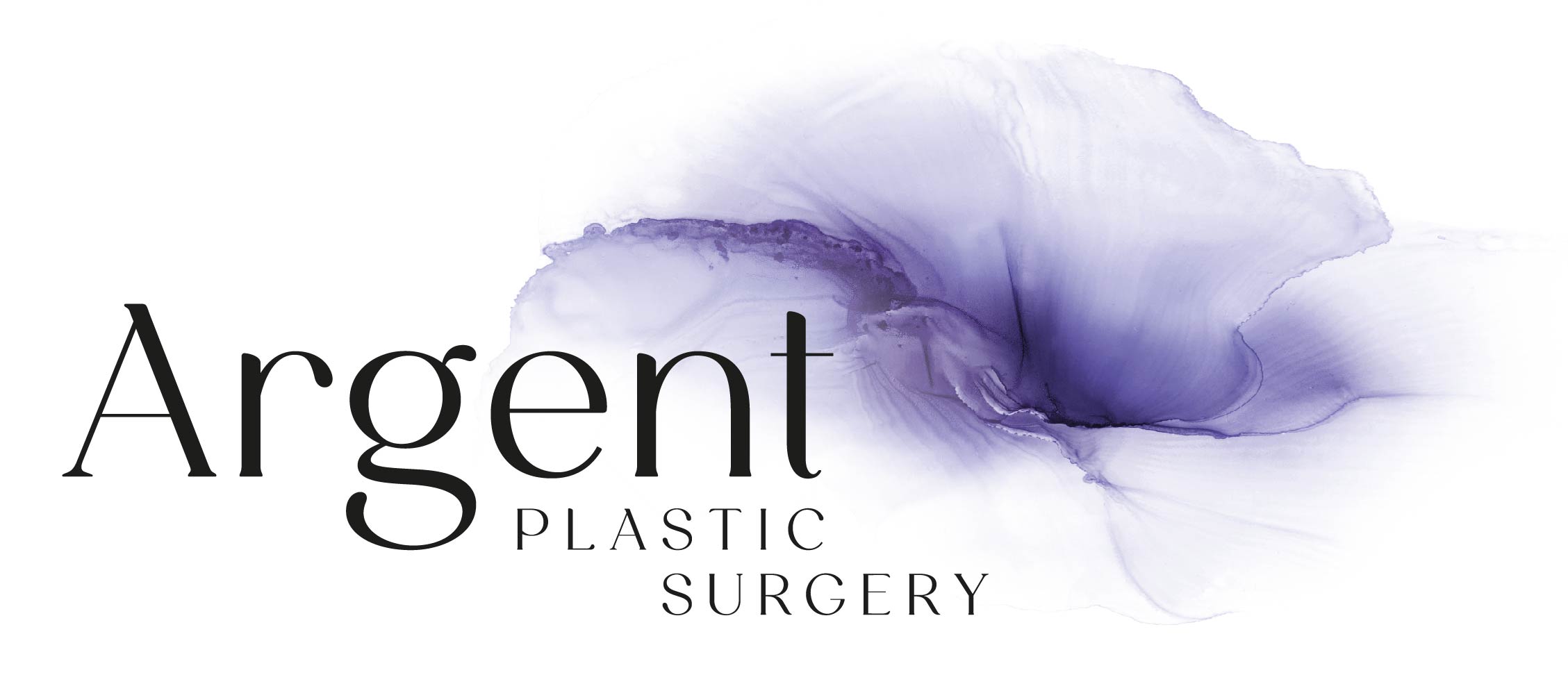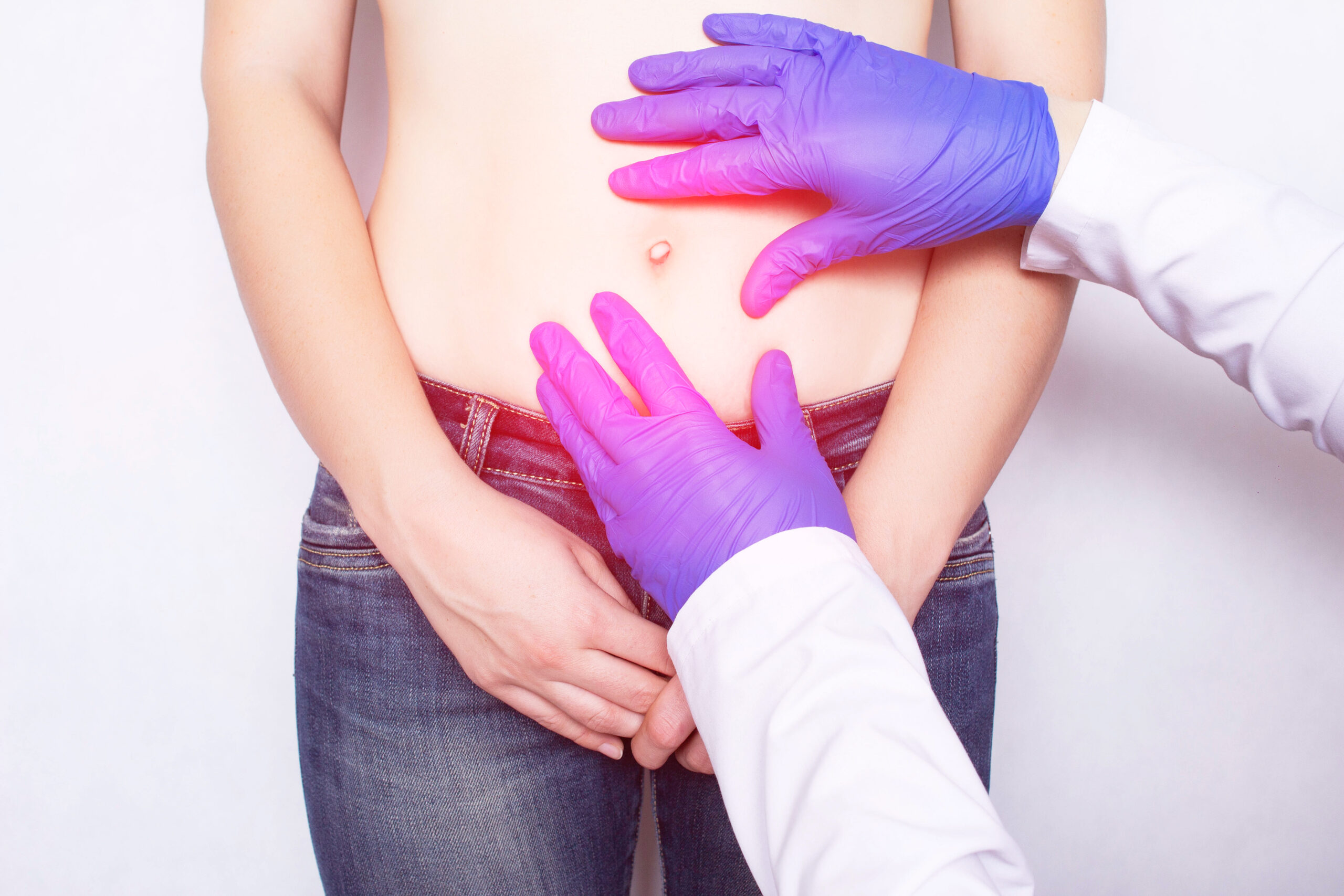In infants and young children, umbilical hernias are relatively common and often harmless. But in adults, these hernias can pose serious health risks if left untreated. While many people live with a small hernia for years without issue, there are certain warning signs that indicate the condition has become a medical emergency.
Read on to know how to recognise the difference between a non-urgent and urgent case and when to seek immediate umbilical hernia treatment in Singapore.
What Is an Umbilical Hernia?
An umbilical hernia occurs when tissue, such as part of the intestine, pushes through a weak spot in the abdominal muscles near the belly button (umbilicus). This results in a bulge, which may become more noticeable when you cough, bend over or strain during bowel movements.
Umbilical hernias are more common in:
Infants (particularly premature babies)
Women who have had multiple pregnancies
Adults who are overweight or frequently strain the abdominal wall (e.g. heavy lifting or chronic constipation)
While hernias are often minor at the start, they can grow larger over time or become trapped, potentially cutting off blood flow to the tissue—a condition that requires urgent surgery.
Common Symptoms of a Non-Emergency Umbilical Hernia
In non-emergency cases, umbilical hernias tend to cause mild or no discomfort. Typical signs include:
A soft, noticeable bulge near the belly button
The bulge becomes more prominent when coughing or straining
The bulge can be gently pushed back in (reducible)
Mild discomfort or pressure in the area
These hernias are usually not life-threatening, especially if they are small and easily reducible. However, this does not mean they can be ignored indefinitely. Without medical monitoring, they may worsen or lead to complications over time.
Warning Signs of an Emergency Hernia
Sometimes, the herniated tissue becomes trapped—a condition known as incarceration. If this happens, blood supply to the tissue can be compromised (strangulation), resulting in tissue death and a life-threatening emergency.
Signs that an umbilical hernia may have become an emergency include:
Sudden, severe pain in the abdomen or around the hernia
Redness, tenderness, or swelling around the hernia
The hernia is firm or cannot be pushed back in
Nausea or vomiting
Fever
Constipation or inability to pass gas
Experiencing any of these symptoms? Don’t wait. Seek immediate medical help—or get in touch with our team to evaluate your hernia before it becomes an emergency.
What Emergency Conditions Can Arise?
There are two main emergency conditions associated with umbilical hernias in adults:
1. Incarcerated Hernia
Your eyebags may be a reflection of your lifestyle more than your age.
Lack of sleep: Poor sleep quality can cause blood vessels to dilate and fluid to pool.
High-sodium diets: Excess salt leads to water retention, particularly around the eyes.
Alcohol and smoking: Both can dehydrate the skin and weaken connective tissues.
Inadequate hydration: Dry or tired skin may appear sunken or puffy, depending on how your body retains fluid.
Making simple changes, such as getting adequate rest, reducing salt and alcohol intake, and quitting smoking, can sometimes reduce the prominence of mild to moderate eye bags.
2. Strangulated Hernia
In certain cases, puffiness under the eyes can be a sign of an underlying health condition such as:
Thyroid disease (especially Graves’ disease)
Kidney issues
Sinus infections
Dermatitis or allergies
These can cause inflammation or fluid buildup under the eyes. If your eye bags appear suddenly, worsen quickly, or are accompanied by other symptoms like itchiness or swelling, please consult a healthcare provider to rule out medical causes.
When to Seek Immediate Medical Attention
You should go to the emergency department right away if you notice:
Sharp or worsening abdominal pain, especially if it’s localised near the hernia
The hernia becomes hard, discoloured, or suddenly larger
You develop a fever or signs of infection
You cannot pass gas or have not had a bowel movement in over 24 hours, and feel bloated
If you’re unsure whether your symptoms are serious, it’s safer to err on the side of caution and have a medical professional assess your condition.
Preventing Emergencies: Managing Your Hernia Early
Although not all umbilical hernias need immediate repair, leaving one untreated increases the risk of complications over time. Early evaluation by a qualified surgeon allows you to monitor the hernia and determine whether elective surgery is appropriate.
Some proactive steps you can take include:
Weight management: Reducing abdominal pressure can help prevent hernia enlargement.
Avoid heavy lifting: Repetitive strain may worsen the condition.
Address chronic constipation or cough: These contribute to increased intra-abdominal pressure.
Elective hernia repair surgery is generally safe and has a low complication rate when performed under controlled conditions. Delaying treatment when a hernia presents as needing urgent care is generally associated with worse outcomes.
Get Treatment for Umbilical Hernia in Singapore
At Argent Plastic Surgery, we believe in personalised treatment tailored to your specific needs. Depending on your hernia size, symptoms, and overall health, Dr Lee Hanjing may recommend one of the following procedures:
Ideal for patients with loose abdominal skin or muscle laxity, this combined procedure removes excess tissue, repairs the hernia, and restores abdominal contour. Liposuction can also be performed to enhance results.
If abdominal muscle separation (diastasis recti) coexists with a hernia, both can be corrected in a single surgery—often with skin tightening and liposuction for a more complete outcome.
Ready to explore your options? Schedule a consultation today for umbilical hernia treatment in Singapore.

